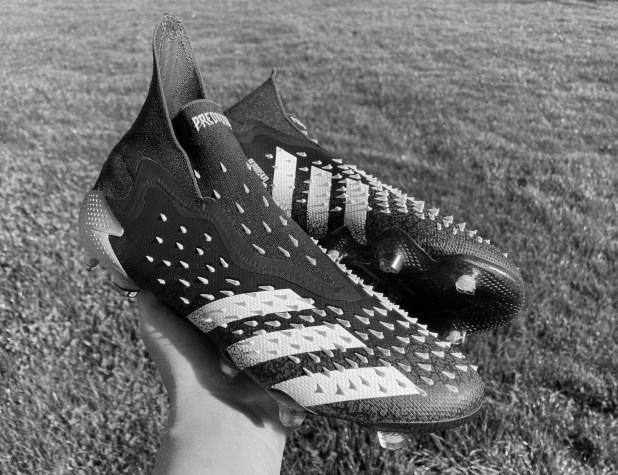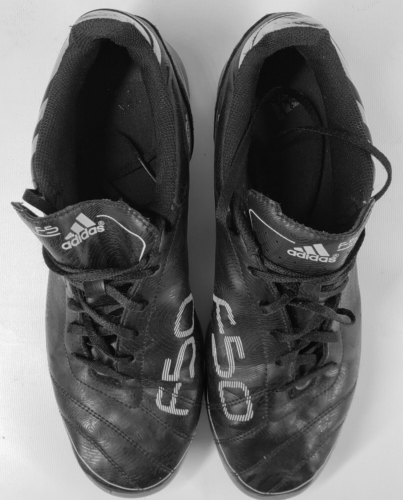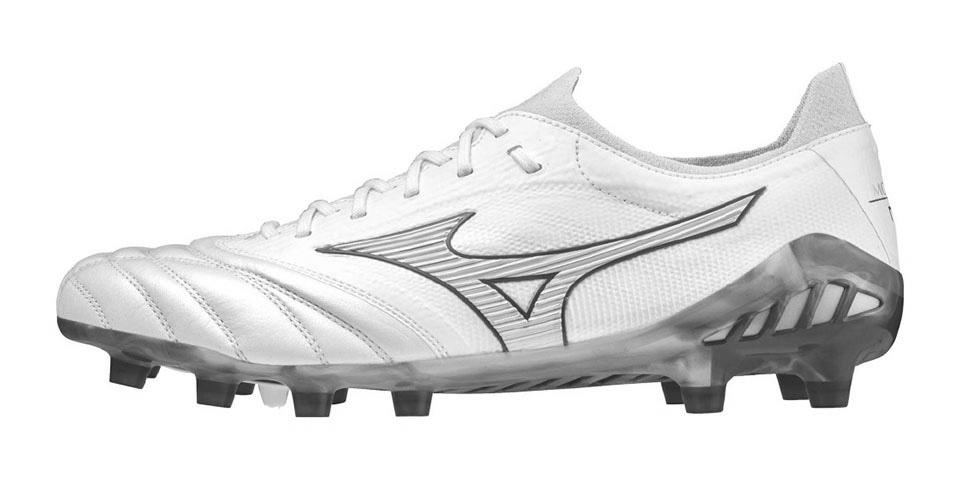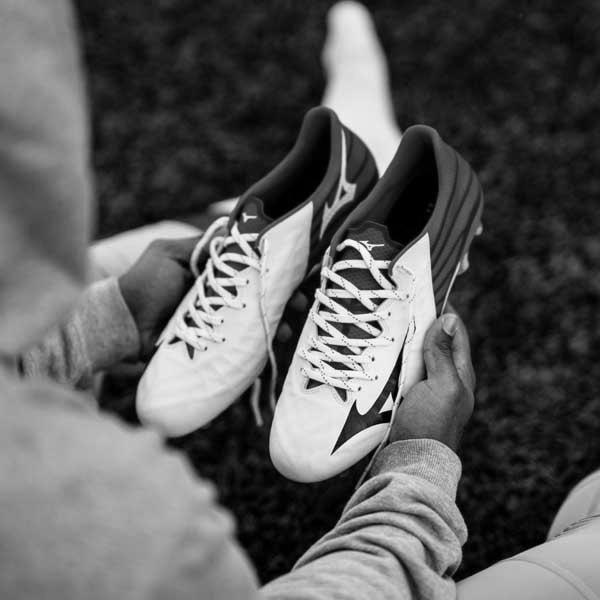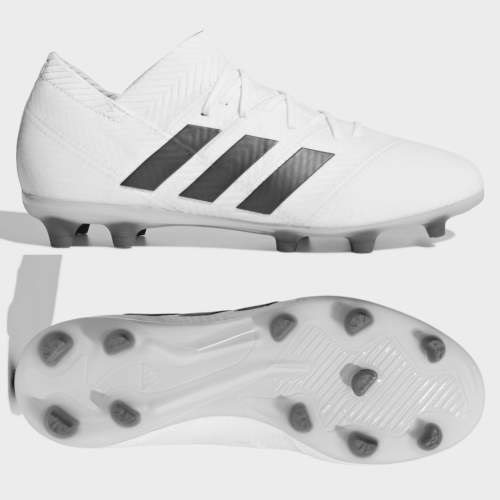There are two types of light: blue and golden. You can use either to your advantage in your photography. Both light conditions are excellent for landscape photography, but they’re not the same. You must know how to recognize them and when to shoot to take the best picture. The blue and golden hours are only a few minutes long, and you’ll need to shoot as quickly as possible to get the best results.
The spectral temperature of light
The difference between a golden and a blue star can be seen in their spectra. Golden stars are warm, and blue stars are incredible. The difference in temperature between them can be explained by the amount of energy they emit. During a star’s lifetime, it will emit energy of millions of kilo-calories. This energy is converted into light that is emitted as light.
The color temperature is an essential property of light. It is measured in Kelvin, the base unit for thermodynamic temperature. On a color temperature chart, warm color sources are higher in Kelvin than cool ones. Warm colors are more generous, while cool colors are cold. The following chart shows the colors of light sources and their Kelvin values.
A binary star system in the constellation Cygnus, called Albireo, contains two components, one of which is described as “golden” while the other is called “sapphire blue.” In the infrared spectrum of Hubble’s NICMOS camera, the blue star is hotter than the golden star.
Golden and blue spectra are the most common types of light in coral aquariums, but there are other variations. The chromophore or phytochrome can cause a difference in golden and blue spectra. The blue portion of the spectrum is responsible for the blue color in the sky.
Color of light
If you love landscape photography, you’ve probably heard of the “golden hour,” the period between sunrise and Sunset when the light is golden. But did you know that the same time frame also produces blue light? The opposite of golden light, blue light is soft and blue. These complementary colors rarely occur in nature, so you should try to photograph during those hours.
Golden light is soft, diffused, and produces long shadows. It is an excellent choice for landscapes, giving a soft, warm glow. But blue light is also beautiful and can amplify colors. Luckily, there are many ways to use the two colors together.
The quality of the light source can significantly affect the quality of shadows and highlights. A light source that is too big or too small will produce more harsh shadows than a soft, gentle light source. The difference between blue and golden light will affect the quality of the images. Generally speaking, a more significant light source will create more subtle shadows, while a smaller one will give more pronounced highlights.
Duration of golden hour
The duration of the golden hour and the blue hour varies based on the season and geographical location. The time is shorter the closer you are to the equator. This website lets you calculate the duration of these twilight periods for your site. It offers monthly tables in PDF format and searched by address. It also provides the weather conditions of a particular location. This is an excellent tool if you are looking for a place that is not always flooded with sun.
Blue hour and golden hour occur at specific times during the day, which is best for landscapes. Depending on your location, you can plan your shots around the duration of these times. The shortest time is between four and six minutes. When shooting landscapes, it’s a good idea to scout locations before the blue hour.
During the blue and golden hours, the sun is low in the sky, and its shadows are longer. This creates a fantastic atmosphere. However, several factors play a role in the duration of these times. The first factor is the weather. You will notice grayer skies during the golden and blue hours if the weather is overcast. Otherwise, you will see a more orange tint in the sky. The golden hour is called the “magic hour” by cinematographers.
The duration of the golden hour and blue hour varies from location to location. In southern latitudes, the golden hour lasts approximately 20 minutes, while in northern latitudes, it can last as long as four hours.
Best time to take pictures
To take golden and blue pictures, you need to know the best time of day. The best time to handle these images depends on your location and your desired composition. Try to avoid areas that have a large shadow. Use an app such as The Photographer’s Ephemeris to plan your shot. It can also help you determine the best angle and location.
The blue and golden hours are best photographed when the sun is low in the sky and provides soft light. This light helps create lovely tones and colors without harsh shadows. These colors are also created by the lower directional rays of the sun. However, you may have to use higher ISO settings to compensate for the lower light levels.
Another time to take golden and blue pictures is right after Sunrise or Sunset. This time gives a beautiful color to landscapes. It is incredibly stunning if the subject is by the water. Landscape photography is also ideal at this time. To capture these beautiful colors, use a tripod and shoot with a longer shutter speed.
A tripod is an essential part of golden and blue photography. This is because the sun’s rays are scattered and will produce lens flares. The shutter speed during the golden hour is usually 1/250 or faster. You should also use a filter that reduces the light entering your lens. A neutral density (ND) filter is helpful for landscape photography.
Techniques for shooting in the golden hour
Photographers who want to capture the beauty of golden hour and blue hour can do so in various ways. These unique light conditions provide endless possibilities for photographers, and they can be used for any imagery, from landscapes to food and even street and pet photography. It is essential to be patient and know when to take your shots because these times are limited.
The best time to shoot during the golden and blue hours is a few hours before Sunset. This will allow you plenty of time to set up and ensure that your subject is relaxed and comfortable. It is also essential to remember that clouds can enhance or block the beauty of sunsets and sunrises. You should also ensure that your camera’s white balance setting is correct, which will help you correct any color casts.
Another time to shoot during the blue hour is just before or after daybreak. The sun is four to eight degrees below the horizon at these times, and its light reflects a deep, dark blue color into the atmosphere. This time of day is a popular time to take landscape photography and is particularly beautiful when it is near water.
Shooting during the golden hour and blue hour is a must for anyone looking to capture some beautiful photos. The sun is low in the sky and flatters skin tones more than direct sunlight. The golden hue also creates longer shadows, making them more flattering.
Apps for calculating the golden hour
Golden Hour calculators are an essential tool for photographers. These programs are accurate and give you the exact sunrise and sunset time. You can also use them to check the weather conditions. Several apps are available for your phone, and you can use them to find the golden hours where you live.
Some apps are free and help you to determine the best time to go out to take photos, while others are premium and offer more options. Premium versions include moon cycles, weather tracking, and location tracking. Choosing the best time to photograph outdoors is essential to make the most of the golden hour.
Helios: Magic Hour Calculator is another helpful app. This app tells you the best time to take photos during the golden hour, and it is possible to set notifications so you won’t miss anything. You can also use this app to see the moon and its position, essential for capturing the most beautiful sunset or sunrise images.
There are several free apps for calculating the golden hour. Golden hour is a period in the day when the sun has the softest light. It lasts for approximately one hour. This means that the best time to shoot a photo is during the first and last hours of the day.
